Urinary Tract Infections
Common Concern Urinary Infections
Urinary Tract Infections UTI and bladder infections are one of the most common issues which most residents in nursing homes and other care facilities can anticipate. Like most forms of elder neglect UTIs are preventable with proper care and training on infectious disease. Urinary infections can occur from several sources including indwelling catheter use or a failure to follow infectious disease protocols.
Federal Regulations UTI Prevention
The federal regulations are clear that a resident who enters a nursing home without a urinary tract infection shall not develop one unless clinically unavoidable.
According to the Center for Disease Control, CDC, in an article titled: Urinary Tract Infection (UTI) Event for Long-term Care Facilities the urinary tract is one of the most common sites of healthcare-associated infections, accounting for 20-30% of infections reported by long-term care facilities (LTCFs)[nursing homes]. In the LTC [nursing home] resident, risk factors for developing bacteriuria and UTI include age-related changes to the genitourinary tract, comorbid conditions resulting in neurogenic bladder, and instrumentation required to manage bladder voiding. The point prevalence of asymptomatic bacteriuria in LTC residents can range from 25-50%. Although the incidence of symptomatic UTI is lower, it still comprises a significant proportion of infections manifesting in LTCFs [nursing homes] and results in a large amount of antibiotic use.
Urinary tract infections (UTI) are defined using a combination of clinical signs and symptoms and laboratory criteria.
Symptomatic UTI (SUTI) events occur when the resident manifests signs and symptoms such as acute dysuria, new and/or marked increase in urinary frequency, suprapubic tenderness, etc. which localize the infection to the urinary tract. These events can occur in residents without urinary devices or managed with urinary devices other than indwelling urinary catheters, such as suprapubic catheters, straight in-and-out catheters and condom catheters.
Catheter-associated SUTIs (CA-SUTI) events occur when a resident develops signs and symptoms localizing to the urinary tract while having an indwelling urinary catheter in place or removed within the 2 calendar days prior to the date of event.
42 CFR 483. Nursing Home Regulations also require that each resident must receive and the facility must provide the necessary care and services to attain or maintain the highest practicable physical, mental, and psychosocial well-being, in accordance with the comprehensive assessment and plan of care. Based on the resident’s comprehensive assessment, the facility must ensure that a resident who enters the facility without an indwelling catheter is not catheterized unless the resident’s clinical condition demonstrates that catheterization was necessary; and a resident who is incontinent of bladder receives appropriate treatment and services to prevent urinary tract infections and to restore as much normal bladder function as possible.
Minnesota MDH Information Infections
The Minnesota MDH provides guidelines and recommendations related to infection prevention. HAIs are currently one of the top ten leading causes of death in the United States. Health care professionals have an important role in HAI prevention.
If you or a loved one suffered from a urinary infection or other form of neglect in a nursing home or other care facility contact Attorney Kenneth LaBore for a free consultation. Mr. LaBore can be reached by phone at 612-743-9048 or toll free at 1-888-452-6589 or by email: KLaBore@MNnursinghomeneglect.com.
Here is some additional information about urinary infections.


